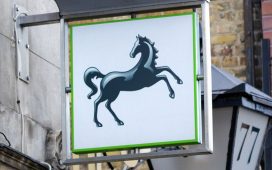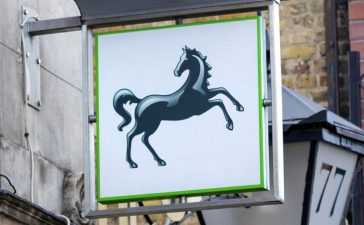
By Zsófia Paulikovics
At the height of the bulrush harvest, Felicity Irons, owner of rush-weavers Rush Matters estimates that she and her small team “cut about two tonnes of rush a day” — and all by hand. It’s demanding work: for six weeks starting around June, Irons and three colleagues venture daily on to the Great Ouse river in Bedfordshire and the river Nene in Northamptonshire, cutting the rushes and drying them out against a hedge for several days before storing them in the nearby 15th-century barn she rents.
One of the last remaining operations of its kind in the UK, Rush Matters creates bespoke hand-woven items — baskets, flooring, shoes, even film costumes — from dried English bulrush. Irons (pictured above) had an unorthodox journey to becoming the conservator of a dying craft. She had plans to become an actress, but was undergoing a lengthy recovery from a car accident when she picked up a book on rush weaving at her mother’s house. She taught herself its traditional techniques and set up her own weaving operation creating rush seating in 1992. Two years later the company moved up a gear: after the death of her rush supplier, Irons decided to take over his business. “His family had been cutting rush since the 1700s, and I didn’t want to see it disappear. His brother, who was in his 70s, said ‘Okay, come on then, I’ll give you a lesson.’ He took me down the river in a punt, gave me a two hour lesson on cutting rush, and that was it.”

With only five employees (all trained by Irons), Rush Matters has not been an overnight success — fitting perhaps, for the age-old nature of the craft. But the team have built a reputation as outstanding makers, collaborating with brands such as Toast and Aesop, creating rush matting and headboards for Heckfield Place hotel, and making costumes for film and television — most recently a bespoke suit of woven armour for Warner Brothers’ film The Flash, based on a similar piece worn by an Indonesian tribe. Without a 3D model or a pattern, Irons began building the armour from the ground up, working around the body of the actor.

Despite having no intention to retire, Irons has been thinking more and more about the long-term prospects for her organisation, and who might take over from her in the future. “I cover so many elements of the business and the harvest that it’s hard to find someone who’s willing to do all that.” And while the idea of working with your hands in the bucolic English countryside might appeal to artists looking for an alternative to the city grind, few understand the reality of dedicating your life to a single craft. “I get a lot of interest from artists or people in fashion wanting to do internships for three months, who love the idea and think it’s terribly romantic,” says Irons. “But I can barely train them up in three months. And the reality is really, really hard. It’s repetitive, your only tools are your hands, and you’re on your feet all day. The pleasure for me is using the rush and seeing the end piece sitting in someone’s house.” It’s an intensive process: one that requires dedication for far longer than a couple of months.

Still, besides commercial interest in bespoke craft pieces, Irons has been enjoying well-deserved recognition in the art world, an environment that can sometimes feel at odds with traditional makers and artisans. Before the harvest began this year, she was invited to 10 Downing Street by the secretary of state for culture, media and sport for a celebration of creativity and craft in the UK — and also invited to apply to the Summer Exhibition at the Royal Academy. “I was staggered that I was invited to do that as a rush weaver,” she says, “it was a massive deal for me”. A sign, hopefully, that there is still a place in the contemporary art scene for this ancient English craft.
Photographs: Rush Matters; Genevieve Lutkin; Alan Clark/Hole and Corner










